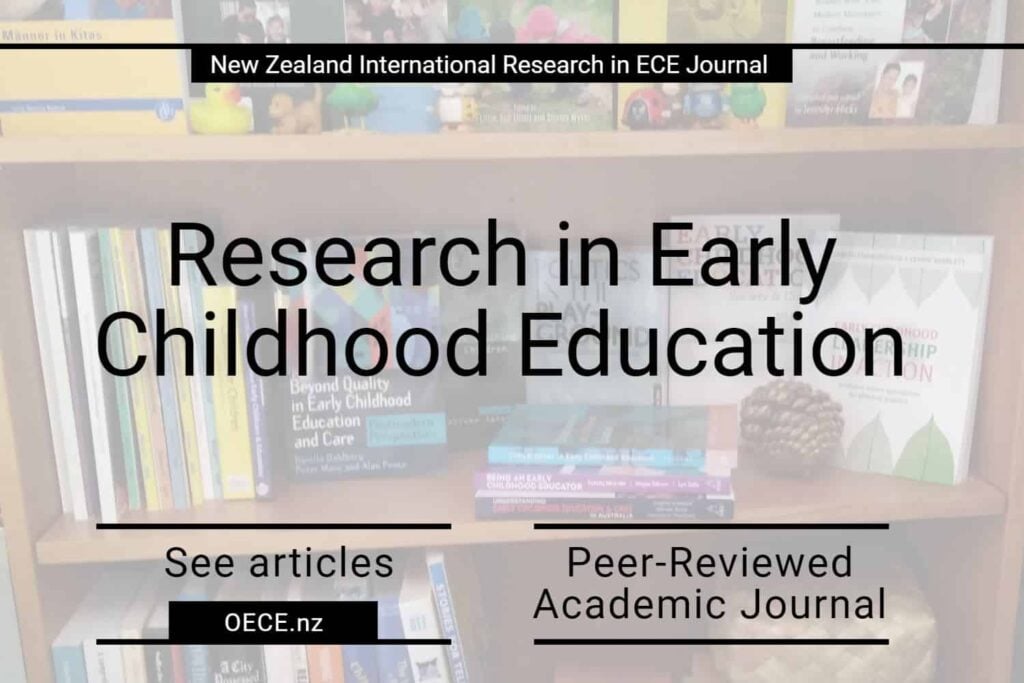Operating on the legally required adult:child teacher ratios.
Opinion article.
Dr Sarah Alexander.
November 21, 2017.
Staff burnout is what happens when you don’t have enough resources to do the job at hand, and this is the path that some centres are on.
And it’s not just burnout which is the issue here, children are also missing out.
The resources I’m referring to are not digital devices, books or even crayons – it is teachers.
Parents don’t send their child to any teacher-led centre to be taught by teachers who are not appropriately trained in early childcare and education, and qualified.
Parents don’t send their child to a teacher-led centre to be cared for by adults who are struggling to provide supervision and meet children’s needs under minimum ratios.
Under-resourcing is clearly an issue when parents receive a note such as the one below saying that they have to be out the door with their child by the time they are booked in till and will be fined a late fee if they stay and chat with a teacher or play with their child, .

Staffing practices
Below is an example of a staffing schedule for a kindergarten that operates a 7-hour day and has just the legally required adult:child teacher ratios.
Staffing on the floor, licensed for 40 children, hours 8.30am – 3.30pm
| 8.30 – 9.30 | 4 qualified teachers |
| 9.30 – 9.45 | 3 qualified, 1 unqualified teachers (1st qualified teacher taking a break) |
| 9.45 – 10.00 | 3 qualified, 1 unqualified teachers (2nd qualified teacher taking a break) |
| 10.00 – 10.15 | 3 qualified, 1 unqualified teachers (3rd qualified teacher taking a break) |
| 10.15 – 10.30 | 3 qualified, 1 unqualified teachers (4th qualified teacher taking a break) |
| 10.30 – 10.45 | 4 qualified teachers |
| 10.45 – 11.30 | 3 qualified, 1 unqualified teachers (1 qualified teacher taking lunch) |
| 11.30 – 12.15 | 3 qualified, 1 unqualified teachers (2nd qualified teacher taking lunch) |
| 12.15 – 1.00 | 3 qualified, 1 unqualified teachers (3rd qualified teacher taking lunch) |
| 1.00 – 1.45 | 3 qualified, 1 unqualified teachers (4th qualified teacher taking lunch) |
| 1.45 – 2.15 | 4 qualified teachers |
| 2.15 – 2.30 | 3 qualified, 1 unqualified teachers (1st qualified teacher taking a break) |
| 2.30 – 2.45 | 3 qualified, 1 unqualified teachers (2nd qualified teacher taking a break) |
| 2.45 – 3.00 | 3 qualified, 1 unqualified teachers (3rd qualified teacher taking a break) |
| 3.00 – 3.15 | 3 qualified, 1 unqualified teachers (4th qualified teacher taking a break) |
| 3.15 – 3.30 | 4 qualified teachers |
For most of the time that children attend kindergarten the percentage of qualified and certificated teachers is actually 75% (i.e. one out of 4 teachers are unqualified).
The unqualified teacher is employed within the minimum staffing ratio for 5 out of the 7 hours that children attend. These kindergartens operate right on the edge of the Ministry of Education’s 80% funding band at a percentage of 82% with a total of certificated teacher child-contact hours of 23 with 5 unqualified hours.
The staff hour count calculation is averaged out across a four month funding period – and the Ministry of Education allows a certain number of discretionary hours where an unqualified person can be counted as qualified, and its okay if some days the teacher percentage is below 80%. But if that occurs too often, then the centre can risk falling into a lower funding band.
Tremendous and unfair pressure is placed on qualified teachers when centres operate on the edge of the 80% funding band, for example to work when sick or to work through the day without lunch breaks.
When there are not enough trained staff on the floor because of reliever shortages, managers suggest “just work through your lunch break and go home early at the end of the day – don’t stay to clean up”.
Teachers don’t have it easy in other respects either – such as finding time to do documentation when the centre manager or head teacher is counted within the teaching ratio and the centre has only just the legally required ratio for the total number of children.
Management knows that if they increase child contact time by an hour a day by extending the kindergarten day to 7 hours, we will work extra hours to get the documentation done – in the evenings and weekends – because we already do.
Minimum ratios can result in understaffing and stress
Operating at skeletal staffing levels with an untrained teacher/adult appointed to provide cover for qualified teacher breaks can create significant problems when a staff member is absent or needs to leave early. Some examples that have happened at more than centre include:
- A qualified teacher becomes ill and needs to go home early, the remaining qualified teachers are unable to get their lunch breaks.
- A qualified teacher and the untrained teacher are both away. Only one reliever who was unqualified can be found to fill in.
- The unqualified teacher needs to leave early so the qualified teachers then have no choice but to take short lunch breaks.
When there are added challenges, such as the following, then the minimum teaching ratios are not safe for anyone:
- Children who are runners (children teachers need to keep a very attentive eye on).
- Caring for children with learning needs who are in kindergarten for longer hours than they are funded for special assistance.
- High needs children struggling to cope with long days with lots of other children.
- When there are new managers/ head teachers/ teachers who are not given time to be up to speed with the needs of the children, etc. before being included in the minimum staffing ratio.
- Children who are too young or unable to safely participate in the play environment
- More than a few children who are not toilet-trained children and a teacher finds him/ herself on nappy duty for most of the day.
- Meeting the education requirement to assess children’s learning – teachers should not be counted within the ratio even if on the floor when they are observing and writing up assessments or Learning Stories.
Rigid scheduling of teacher hours when operating on the minimum legally required adult:child teacher ratios
Operating on just the legally required ratios puts pressure on everyone. Staffing schedules must be strictly adhered to to ensure everyone gets their break. But for teachers supporting children’s learning it can make little sense.
At 10.45am when the unqualified come to take over from me for my allocated lunch-break, I find that this is not a good time to be taking lunch because this is when often deep learning and play is going on. It breaks what you are achieving for the children in supporting their investigation and learning. Good ideas get thrown out when you walk off because of the staffing schedule and when you leave the children in the hands of someone who is not trained.
You can’t do anything as teachers are made to have 15 minute breaks because the children are staying till 3.30pm. It’s so disruptive of learning. It makes it difficult if you are involved or want to support children with a project or say cooking. One of the teachers said to me ‘you do … now, I can’t, you have the time because you are on the second break’.
.. ENDS









